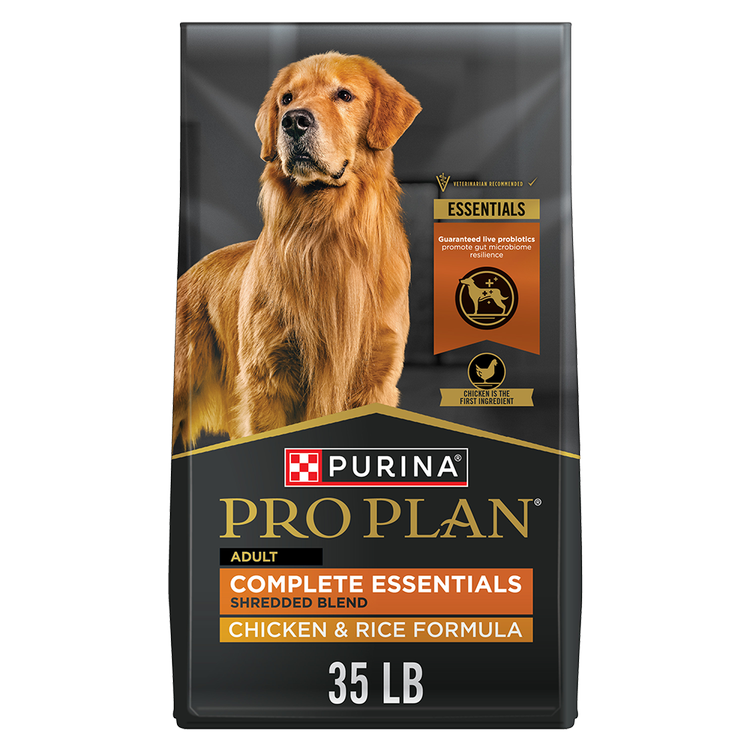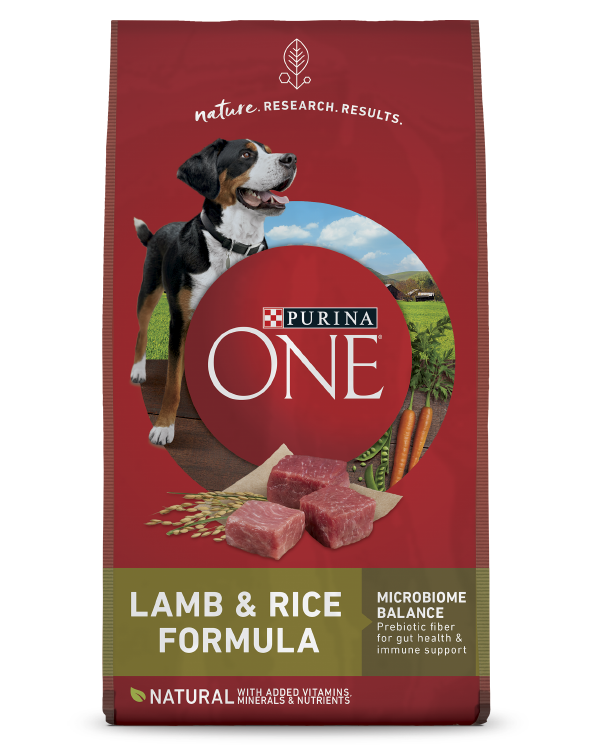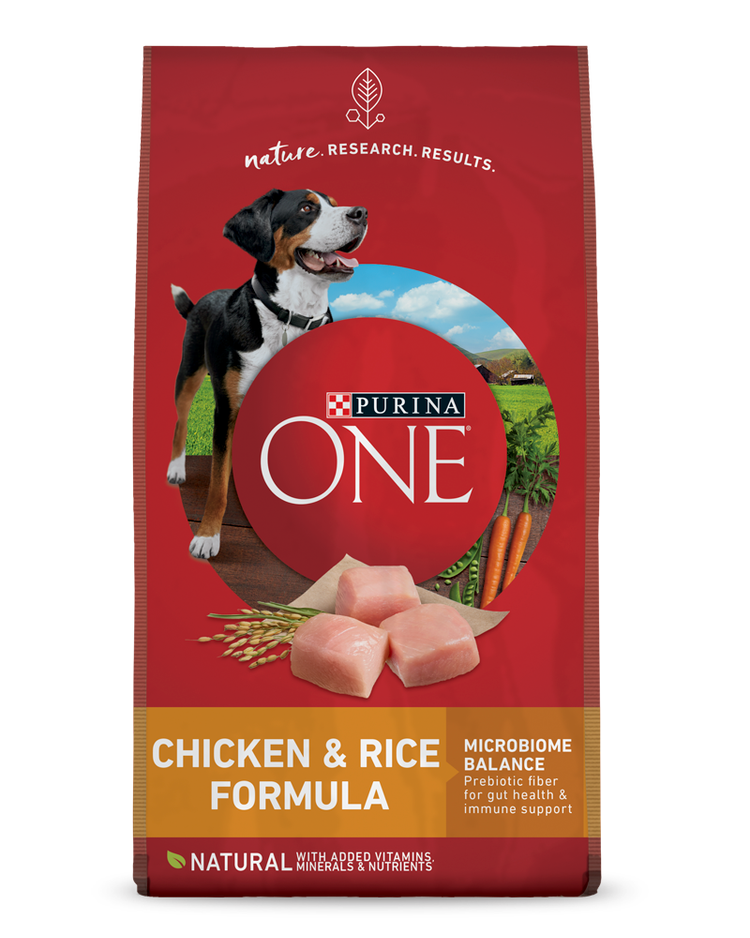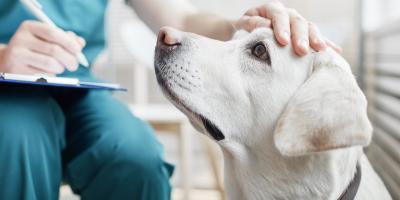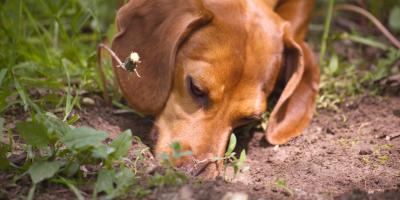Dog Neutering: When Should You Do It?


If you choose to neuter your dog, it’s typically done between the ages of six to nine months. While some medical procedures, like getting your puppy vaccinated, should be considered mandatory, neutering, may not always be the preferred choice of some dog owners.
If you’re unsure what the right move is for you, reach out to your veterinarian, who can help you make an informed decision.
If you do decide to neuter your puppy or dog, there are a few things you should be aware of to make the process go smoothly.
When to Neuter a Puppy
Knowing when to neuter your dog is an important consideration. Depending on their size and breed, both male and female puppies begin to reach sexual maturity from between 6 and 18 months. So, if you’re spaying or neutering them to prevent future litters, doing so when your puppy is on the younger side may be the route to take. Consult your veterinarian to determine the best time to neuter your puppy.
In some cases, your veterinarian may suggest waiting. Delaying the neutering process is most often done with larger breeds, who typically take longer to mature. While there remains some debate over when to neuter a puppy, your veterinarian can help advise on what is best for your specific dog.
What to Expect When My Puppy Gets Neutered
When you set the date for your puppy to be neutered, your veterinarian might want to do a pre-anesthetic checkup a day or two before, which usually includes a thorough physical exam and some bloodwork.
Your veterinarian will likely advise you to not feed your puppy the night before to help reduce potential complications with anesthesia.
The procedure doesn’t usually require an overnight stay, so they will probably have you drop off your puppy in the morning and pick them up later in the afternoon.
Dog Neutering Recovery Time
A dog’s recovery time after being spayed or neutered is around 7 to 10 days. Males tend to heal faster because the procedure is less invasive than for females.
During this time, your dog will need to wear a surgical cone as the incision heals and before the stitches are removed if they don’t dissolve on their own.
Recovery Tips
- Stay near your puppy for the first night after the operation.
- Your puppy might whimper or whine as they recover from their procedure. This could be because they are a little disoriented from anesthesia or it could indicate pain. Contact your veterinarian for advice.
- Puppies can sometimes experience an upset stomach as a side effect of anesthesia. Your veterinarian may recommend a post-operative recovery diet. You'll likely use this diet for the first few meals after the operation to help calm their stomach.
- Give any medications provided by your veterinarian for their post-surgery care as prescribed.
- Your veterinarian may schedule post-operative checkups several days after your pet’s operation to track their recovery.
- Your puppy can go outside the day after their operation but walk them on a leash until they are fully recovered and given the “all clear” after their post-operative checkups.
- To stop your puppy from licking and scratching at their surgical site, they may have to wear a surgical cone for up to 10 days after the operation.
- You should check this wound regularly to ensure it is clean and healing well.
- Prevent your dog from jumping by walking them on a leash until your veterinarian says it’s okay to do so. This will protect their stitches and give them time to heal. If your veterinarian uses non-dissolvable stitches, they will provide a stitch removal date, which is usually around 7 to 10 days after the procedure. Male dogs who are neutered at a slightly older age and are too active after neutering are particularly susceptible to scrotal hematoma.
Dog Neutering & the Effect on Nutrition
Sometimes spaying and neutering are associated with weight gain, which is due to the hormonal changes that take place afterward.
On average, a spayed or neutered dog requires about 30 percent fewer calories. You can help your dog stay fit with regular exercise and potentially change the quantity of food you’re feeding. Talk with your veterinarian about a specific recommendation for your dog.
Get more information on puppy health and more from our pet experts on our Pet Expertise page.
Related articles

Reward Yourself with myPurina
Earn and redeem rewards for Purina products with the myPurina app.

